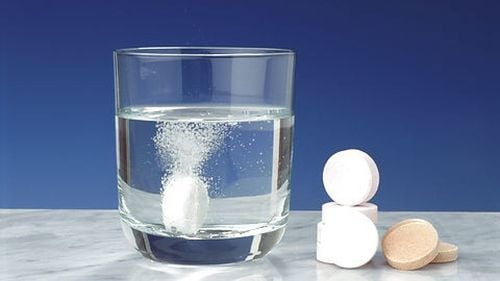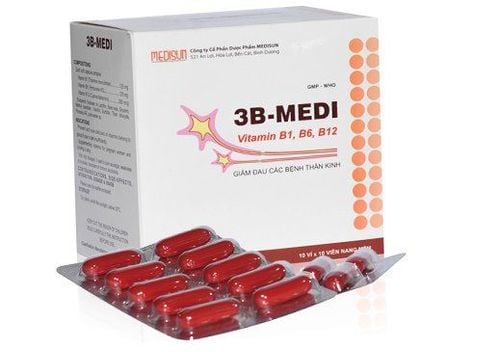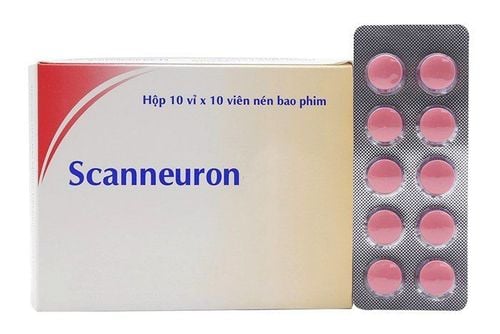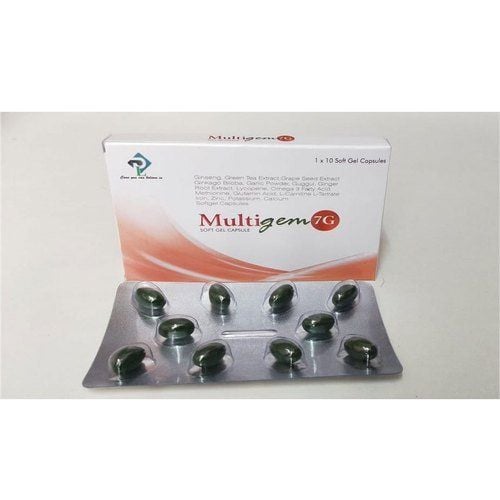This is an automatically translated article.
Ascorbin 1000 has Ascorbic Acid (Vitamin C) as the main ingredient. Vitamin C is needed for collagen formation, tissue repair in the body and participates in many important metabolic processes in the body.1. What is Ascorbin 1000?
Ascorbin 1000 has the main ingredient Ascorbic Acid (Vitamin C) with a content of 1000mg. Vitamin C is needed for collagen formation, tissue repair in the body and participation in a number of oxidation - reduction reactions. Vitamin C participates in the metabolism of phenylalanine, folic acid, tyrosine, norepinephrine, histamine, iron and some drug metabolizing enzyme systems. In addition, vitamin C also plays an important role in cellular respiration, carbohydrate utilization, lipid and protein synthesis, immune function, and blood vessel integrity. Vitamin C deficiency leads to scurvy, in which there is an error in collagen synthesis with manifestations of non-healing wounds, defects in tooth structure, fragile capillaries causing many petechiae, ecchymosis, and lower bleeding. skin and mucous membranes. Using vitamin C will completely relieve the symptoms of vitamin C deficiency.
2. Uses of Ascorbin 1000
Indications of Ascorbin 1000 are to treat diseases caused by vitamin C deficiency.
Ascorbin 1000 is contraindicated in the following cases:
Patients with glucose - 6 - phosphate dehydrogenase (G6PD) deficiency because of the risk Hemolytic anemia People with a history of kidney stones, hyperoxaluria and oxalate metabolism disorders due to an increased risk of kidney stones Patients with thalassemia because of the increased risk of iron absorption.
3. How to use and dose Ascorbin 1000
How to use: Dissolve the tablet in a glass containing 200ml of water. Note that the drug should not be taken at the end of the day and on an empty stomach.
Dosage: Adults and children over 15 years old should take 1 tablet / day.
4. What are the side effects of Ascorbin 1000?
Patients using Ascorbin 1000 may experience the following side effects:
Endocrine and metabolic: Increased oxaluria when used in large doses Hematology: Hemolytic anemia in patients with glucose deficiency-6 -phosphate dehydrogenase Other: Nausea, vomiting, heartburn, diarrhea, flushing, headache, dizziness, flank pain.
5. Notes when using Ascorbin 1000
Kidney disease, oxalate kidney stones: Acidification of urine by vitamin C can cause cysteine, urate or oxalate stones to precipitate. Acute and chronic oxalate nephropathy have been reported with prolonged high doses. Patients with renal disease including renal failure, history of oxalate nephrolithiasis, elderly patients, and pediatric patients < 2 years of age may be at higher risk. Monitor renal function in high-risk patients and discontinue in patients who develop oxalate nephropathy.
Diabetes: Diabetic patients should not exceed the dosage for a long time.
Glucose-6-phosphatase dehydrogenase deficiency: Hemolytic anemia has been reported in patients with glucose-6-phosphatase dehydrogenase deficiency. Dosage reduction and appropriate patient monitoring may be required. Discontinue treatment if hemolytic anemia is suspected.
Use with caution in patients with hemochromatosis because excess vitamin C may increase the risk of adverse events
Elderly: Use with caution in the elderly because of possible increased risk of oxalate nephropathy.
Children: Use with caution in children < 2 years of age, because there may be an increased risk of oxalate nephropathy due to immature renal function
Pregnant and lactating women should be provided with vitamin C according to their needs. daily demand. High doses of vitamin C should not be used during pregnancy and lactation, as it may increase vitamin C requirements and lead to neonatal scurvy.
Effects on ability to drive and use machines: At therapeutic doses, Ascorbin 1000 does not affect the ability to drive and use machines.
6. Interactions of Ascorbin 1000
Simultaneous use of Ascorbin 1000 and some drugs may cause interactions, leading to decreased potency or increased toxicity of the drug. Therefore, patients must inform medical staff of all medications and supplements they are taking. Here are some notable interactions when using Ascorbin 1000:
Coadministration of about 200 mg of vitamin C with 30 mg of elemental iron increases the absorption of iron from the gastrointestinal tract. However, most patients are able to adequately absorb oral iron without having to take vitamin C concurrently. Concomitant use of vitamin C with aspirin may increase vitamin C excretion and decrease aspirin excretion. in urine. Concomitant administration of vitamin C with fluphenazine causes a decrease in fluphenazine plasma concentrations. High doses of vitamin C can destroy vitamin B12. Therefore, patients should be advised to avoid taking high doses of vitamin C within an hour before or after taking vitamin B12. Since vitamin C is a strong reducing agent, it affects the test results based on the redox reaction. The article has provided information about the uses, dosage and notes when using Ascorbin 1000. It is best for patients to consult a medical staff before taking the drug to ensure its safety and effectiveness. drug results.
Please dial HOTLINE for more information or register for an appointment HERE. Download MyVinmec app to make appointments faster and to manage your bookings easily.













